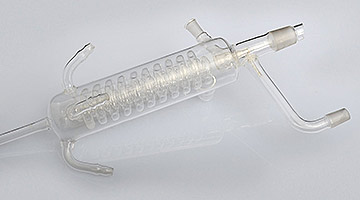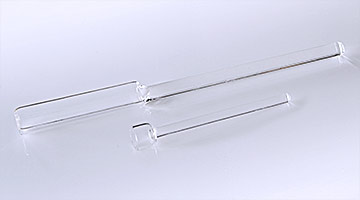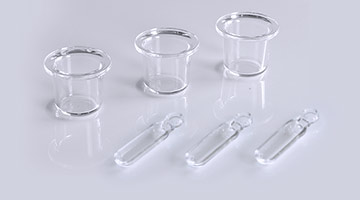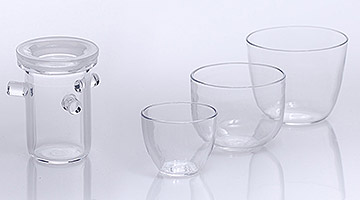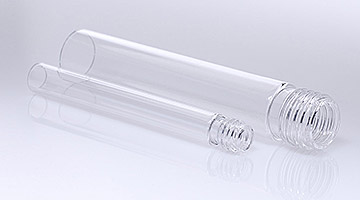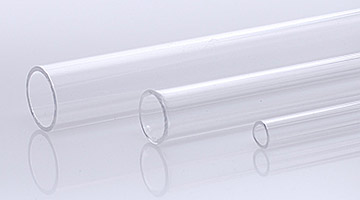Quartz glass is one of the most extraordinary and valuable materials in the world. Because quartz glass does not contain any additions of soda, calcium oxide or other additives and has only minor chemical impurities, the material is referred to as single-component glass. It consists almost entirely of silicon dioxide (SiO2).
A distinction is made between natural quartz glass and synthetic quartz glass, whereby the synthetic quartz glass contains impurities which can only be detected in the ppb range.
Because of the unique optical, thermal and mechanical properties of quartz glass, processes in research and industry are possible. Quartz glass is therefore indispensable in the semiconductor industry, in the laboratory, disinfection, high-tech applications, furnace construction, lamp industry and many other areas of application.
Quartz glass can be produced as a tube, rod, plate, block and wool.
Quartz glass applications
- semiconductor industry
- sterilization, disinfection
- Laboratory and analysis technology, chemical and pharmaceutical industry
- light source manufacturing
- UV drying systems, glass covers
- Use in electrical engineering and electronics
- Use in high-temperature processes such as furnace construction, chemical plants, viewing windows
- Optics
- Musical instruments for pure sound
Quartz glass properties:
- High chemical purity due to low contamination
- Resistance to acids and salt solutions with the exception of hydrofluoric acid and hot phosphoric acid.
- Very good light transmission in the ultraviolet, visible and infrared wavelength range
- Very low electrical conductivity and high breakdown field strength.
- High thermal shock resistance – high thermal load capacity, high softening temperature
The manufacture of quartz glass
When manufacturing quartz glass, a distinction is made between natural and synthetic quartz glass.
Natural quartz glass is based on a crystalline raw material (such as rock crystal or pegamated quartz), which is processed into pure quartz sand / granules through various cleaning stages.
A distinction is mainly made between one and two stage processes.
While in the one-step process quartz sand is continuously filled in a vertical melting furnace and drawn directly into tubes, rods and plates, in the two-step process a thick-walled hollow cylinder or quartz block is first produced and then (in the second step) processed further. The degree of purity of the starting granulate determines the degree of purity of the resulting quartz glass.
Synthetic quartz glass is produced from pure silicon tetrachloride using the flame pyrolysis process. Because the starting materials have already been chemically produced and processed, the end products are extremely pure.
Do you have any questions about quartz glass?
Please contact us

